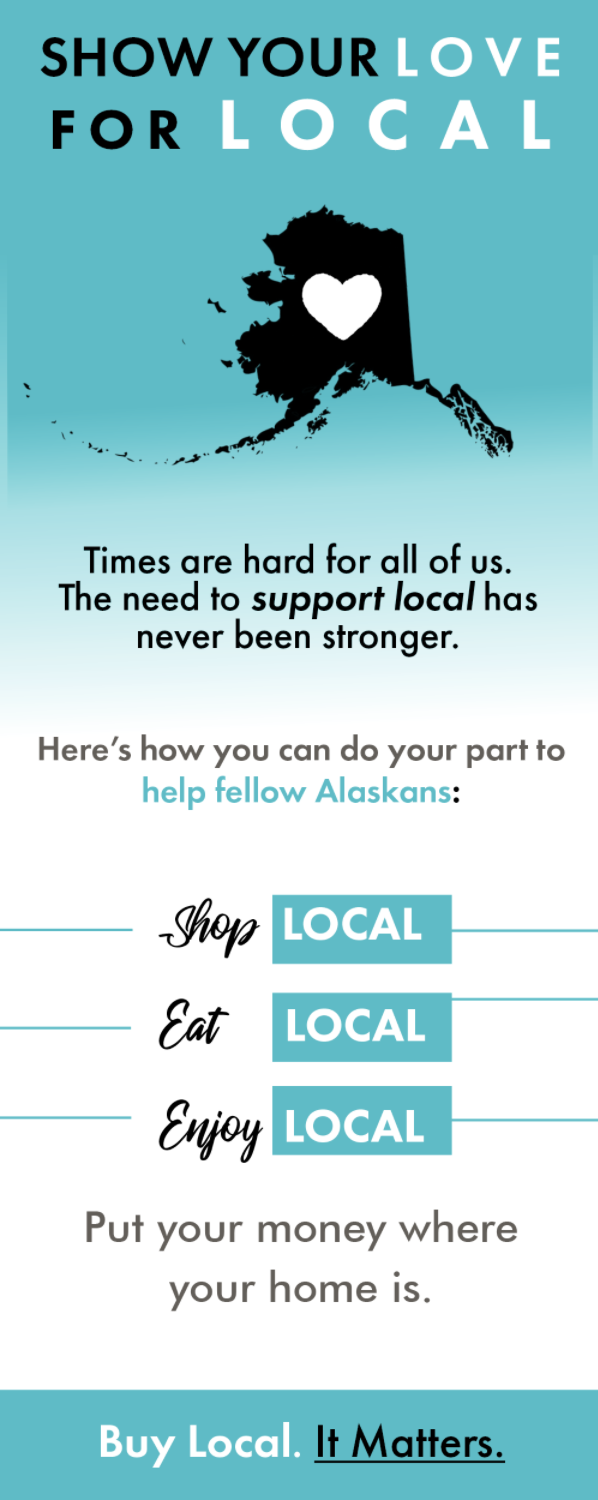
ABCs & IEPs:
What to expect if your child qualifies for special education
By Amy Newman
The first day of school is a major childhood milestone. Parents snap some photos and watch as their kids run off, ready to meet the world.
But for a child with disabilities, that milestone is tinged with anxiety. Parents worry that their child will be isolated from his peers, that the school will be unable to meet his needs, and that the disability will adversely affect his academics. For those students, special education, whether in the form of therapy, adaptive equipment or curriculum modification, ensures that they will receive the same educational opportunities as their peers.
Eligibility Categories
A student qualifies for special education services in Alaska if his disability falls under one of the following categories:
• Autism
• Cognitive impairment
• Deaf-Blindness
• Deafness or hearing impairment
• Early childhood development delay (applies only to students between ages 3 and 8). Students must be 25 percent delayed in one area, or 20 percent delayed in two or more
• Emotional disturbance (such as mental health issues)
• Learning disabilities
• Multiple disabilities, where each significantly impacts the child, but none can be identified as the main issue
• Orthopedic impairment
• Other health impairment diagnosed by physician or psychologist, such as ADHD, ADD or FASD
• Speech or language impairment
• Traumatic brain injury
• Visual Impairment
Understanding the legal requirements
Special education, which is authorized under the Individuals with Disabilities Education Act, provides students with qualifying disabilities “specially designed instruction and support” to access education, says Maggie Mathews, director of student services for the Juneau School District.
Specially designed instruction and support goes beyond tutoring a student struggling in math, Mathews says. It is support unavailable to non-disabled students, such as teaching Braille to a visually impaired student or providing communication devices to a student with speech issues. Without these services it would be difficult, if not impossible, for the child to access education.
Special education is not one-size-fits-all. School districts must provide a continuum of placements and services that are tailored to each student’s specific needs, says Donald E. Enoch, Jr., special education administrator with the state’s Office of Special Education Programs.
Although the specific programs vary depending on the student’s needs and the school’s resources, the process for creating and implementing them remains the same.
Identification and referral
Children ages 3 to 21 who have, or are suspected of having, an eligible disability (see sidebar), are referred to the school district for an evaluation to determine whether they qualify for special education. Referrals come from a variety of sources. Early intervention programs refer children who have aged out of the system but still require services. Parents can discuss concerns with their child’s teacher or contact the district directly. School districts provide information on special education and other resources to agencies that serve young children.
Schools also identify students through response to intervention teams, says Clayton Holland, pupil services director at the Kenai Peninsula Borough School District. Elementary students are evaluated three times a year; those falling below the 25th percentile may receive supplemental instruction in areas of concern to help close the gap. Children who fail to make progress are referred for a special education evaluation, he says. If the student qualifies for services following the evaluation – and if the parent consents – the district must create an individualized education plan (IEP).
IEP: A roadmap to achievement
The IEP, which is revised annually, is the core of special education. “It’s the roadmap to get us from today to where (the student) should be one year from now,” Mathews says. A group of educators, service providers, district representatives and the parents – collectively “the team” – meet and review the child’s history, academic performance, medical records and any other relevant information to help draft the IEP. Each IEP outlines annual goals, short-term objectives and placement of the student in the least restrictive environment.
Annual goals. The goals address areas of concern identified in the initial evaluation and guide teachers and service providers on what they must focus on to help the student access his education. “We call them SMART goals,” says Mandy Cleveland, parent navigator at Stone Soup Group in Anchorage, an agency that supports families of children with disabilities. “They should be specific, measurable, attainable, relevant and time-bound.” That means they should only address those needs identified in the evaluation, should have a built-in time limit and must include a way to measure the student’s progress.
Short-term objectives. If the IEP is the roadmap, then short-term objectives are the mile markers measuring the student’s progress toward the annual goals. “We always want to talk about clear and measurable objectives,” says Mathews. “It needs to be clear to both the family and to the school team what we are supposed to be working on when we’re working with the student.” If the goal is to improve the student’s reading skills, she explains, a short-term objective could state that the student will increase the number of words read aloud per minute by a number the team believes is reasonable, based upon the student’s present level. The student’s progress is tracked and shared with the parents through quarterly progress reports.
Least restrictive environment. Students must be placed in the least restrictive environment that allows for their educational needs to be met, Mathews says. “That may vary by subject, it may vary by time of day, it may vary by the nature of the instruction that that child needs.” Placement varies from full inclusion, where students learn alongside non-disabled peers and receive services in the classroom, to pull-outs where students leave the classroom to receive services, to self-contained classes, where the students have minimal interaction with non-disabled peers, Enoch says. “All districts strive to keep special education students in the regular education environment as much as possible,” he says.
Know before you go
Between discussing your child’s disability and creating a plan to meet his needs, IEP meetings can be stressful. But there are things you can do to make the process a little easier.
Be prepared. Familiarize yourself with the process ahead of time. Stone Soup Group offers a webinar called “IEP: Know before You Go,” that covers IEP basics. The state’s special education website includes links to numerous resources, including the special education handbook. You can even find mock IEP meetings on YouTube.
Create a notebook. Store your child’s evaluations, IEPs, academic records and any medical records specific to his disability in a binder and bring it to meetings, Mathews says. Having the information at your fingertips makes many parents feel more confident.
Communicate. Both educators and advocates agreed that lack of communication causes the most problems. If you’re concerned about how your child is progressing, or if you think a particular goal isn’t working, request a team meeting. IEP’s can be reviewed and revised at any time.
Bring support. Whether an advocate, family member or friend, having an extra set of ears at the meeting helps ensure you don’t miss anything, and they can remind you of topics that you wanted to discuss.
Remember, every member of the team has the same goal in mind – even if they approach it differently – to help your child get the best education possible.









